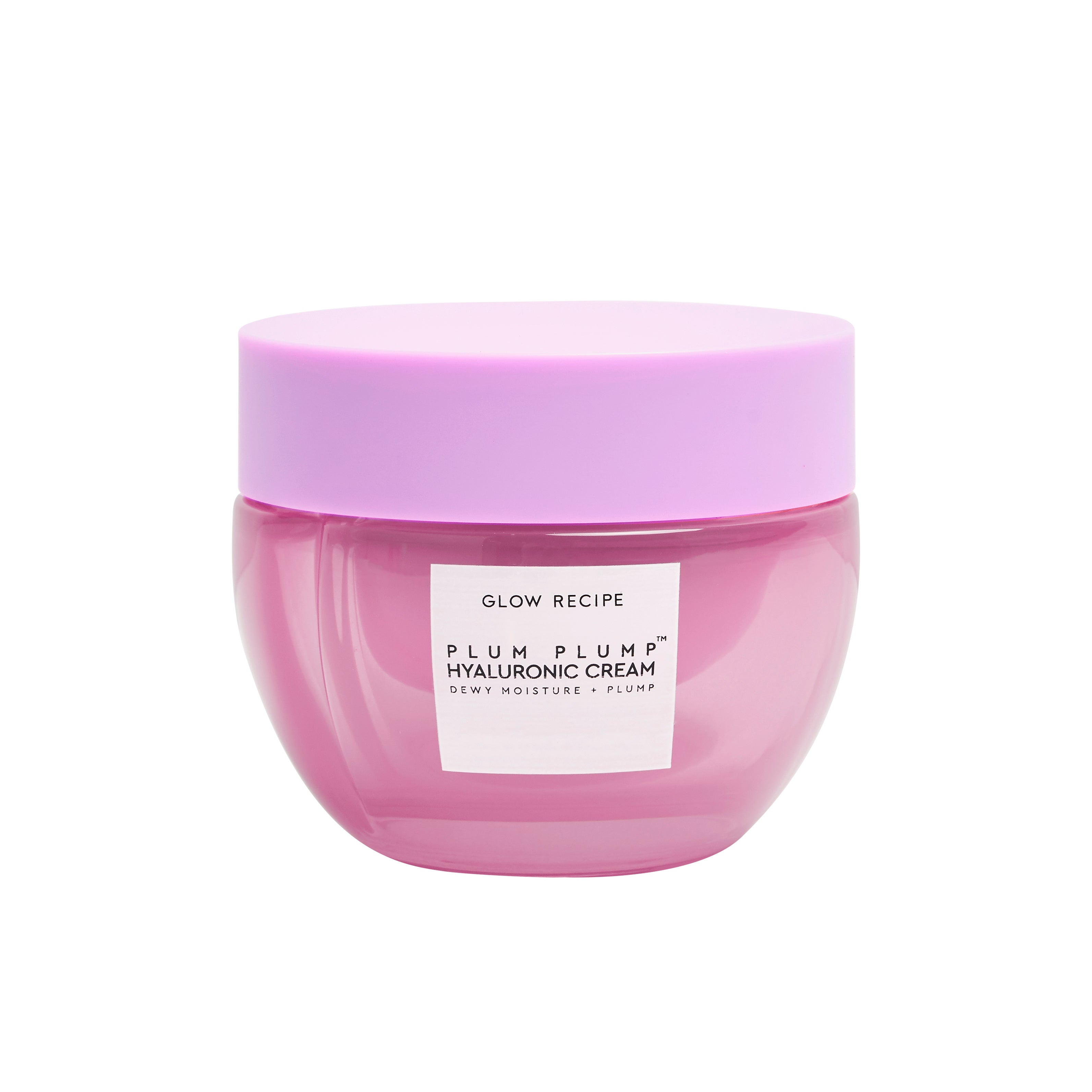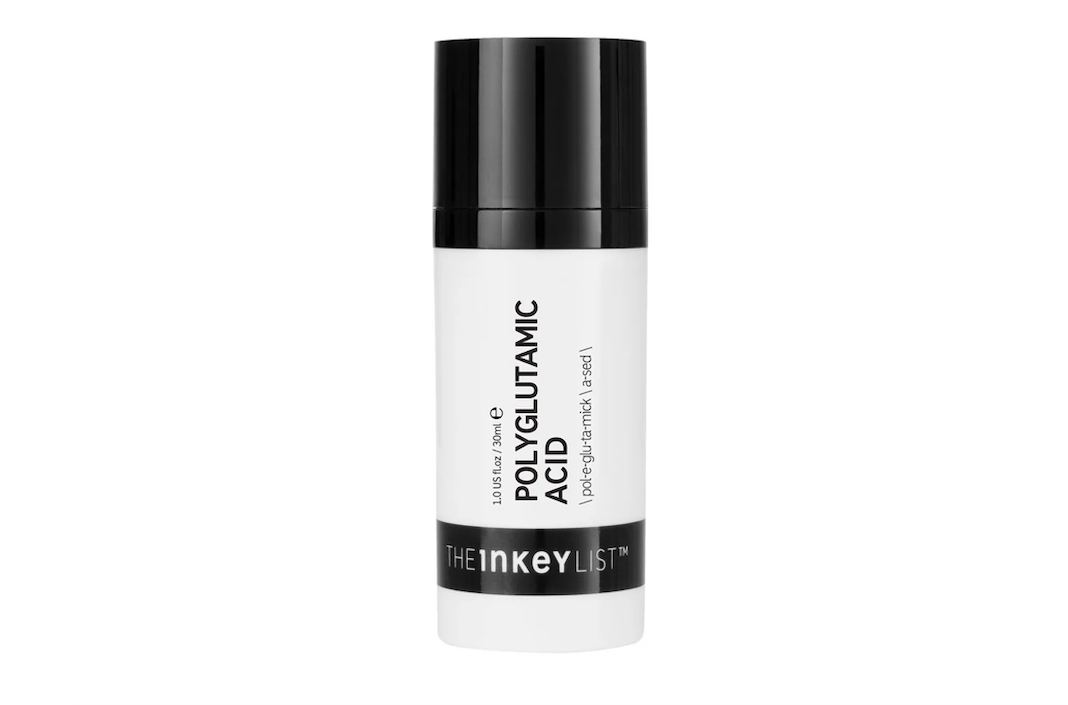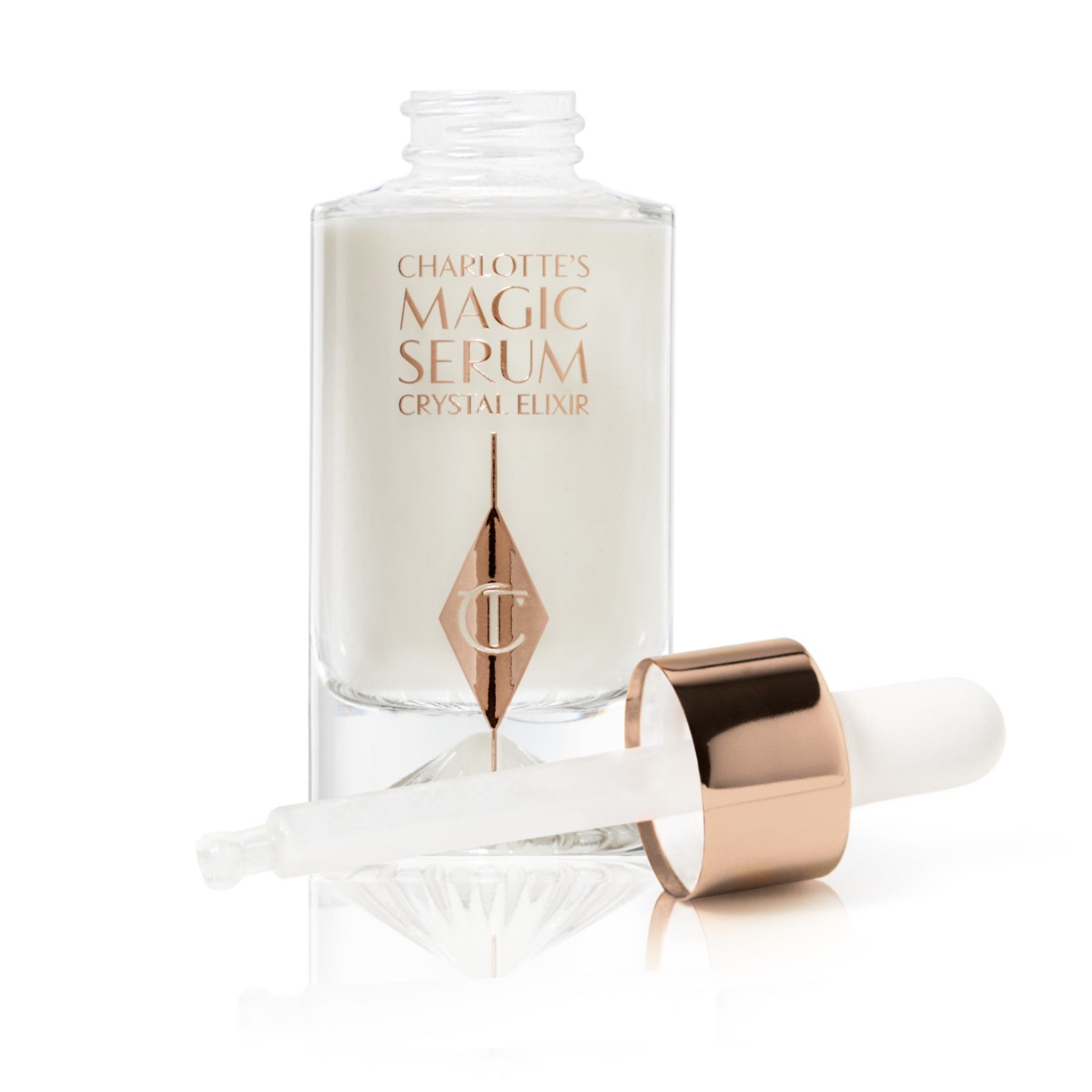The key to ensuring your skin-care routine stays as effective as possible is making room for flexibility. Sometimes, just when you think you have a handle on what your skin likes, you get a breakout or your favorite moisturizer starts pilling. What's helpful in those moments is having a fundamental understanding of skin-care actives to try and effectively troubleshoot what you might need in any given situation.
This time of year, skin dehydration is a relevant concern that can manifest in myriad ways, from redness to dullness to blackheads on your nose. When you think, must have hydration, hyaluronic acid might be where you start. However, there's a lesser-know acid that's being used in conjunction with hyaluronic, called polyglutamic acid, and according to skin-care experts, it's growing in popularity.
AdvertisementADVERTISEMENT
What is polyglutamic acid?
Polyglutamic acid, or PGA, is like hyaluronic acid (HA)'s big sister — it's similar in structure, but larger in molecular size. "Polyglutamic acid, like hyaluronic acid, is a humectant that chemically attracts water molecules" explains dermatologist Hadley King, MD. "The difference is that the PGA molecule is a water-soluble peptide with a larger molecule size, which means it doesn't penetrate as deep into the skin."
What does it do?
Think of polyglutamic acid like cling wrap. "It forms a hydrogel film on the surface of the skin that prevents water from evaporating," says Dr. King. "Its occlusive property means that it helps the skin retain moisture." Dermatologist Purvisha Patel, MD, adds that skin-plumping is one topical effect of polyglutamic acid. "Like HA, PGA plumps surface skin cells and reduces the appearance of fine lines and wrinkles," says Dr. Patel.
How should I use it?
The general guidance here: Use PGA and HA in tandem. "I recommend using polyglutamic acid in a hydrating serum or moisturizer that also contains hyaluronic acid," says Dr. King. "Hyaluronic acid gets absorbed deeper than polyglutamic acid because polyglutamic acid has a larger molecule size, so the result is hydration at different levels of the skin." Dr. King notes that PGA also pairs nicely with retinol, niacinamide, vitamin C, lactic acid.
What’s a good formula?
Ahead of winter, Glow Recipe released a new Plum Plump Hyaluronic Cream, specifically formulated with both HA and PGA, to keep skin hydrated for the duration (bonus: it comes in a refillable glass jar). Dr. Patel says that The Inkey List makes one of her favorite polyglutamic acid serums. Dr. King recommends Charlotte Tilbury's Magic Serum Crystal Elixir, which contains glycerin, lactic acid, hyaluronic acid, and polyglutamic acid — all humectants that help create an immediate plumping effect. Omorovicza just launched a nighttime serum formulated with PGA as a key ingredient used in conjunction with vitamin A.
AdvertisementADVERTISEMENT
Plus, with more research being conducted on the efficacy of polyglutamic acid in skin care, you can bet there will be even more PGA-packed products launching in 2022 — at which point you'll already be swearing by the ingredient.
At Refinery29, we’re here to help you navigate this overwhelming world of stuff. All of our market picks are independently selected and curated by the editorial team. If you buy something we link to on our site, Refinery29 may earn commission.
AdvertisementADVERTISEMENT









